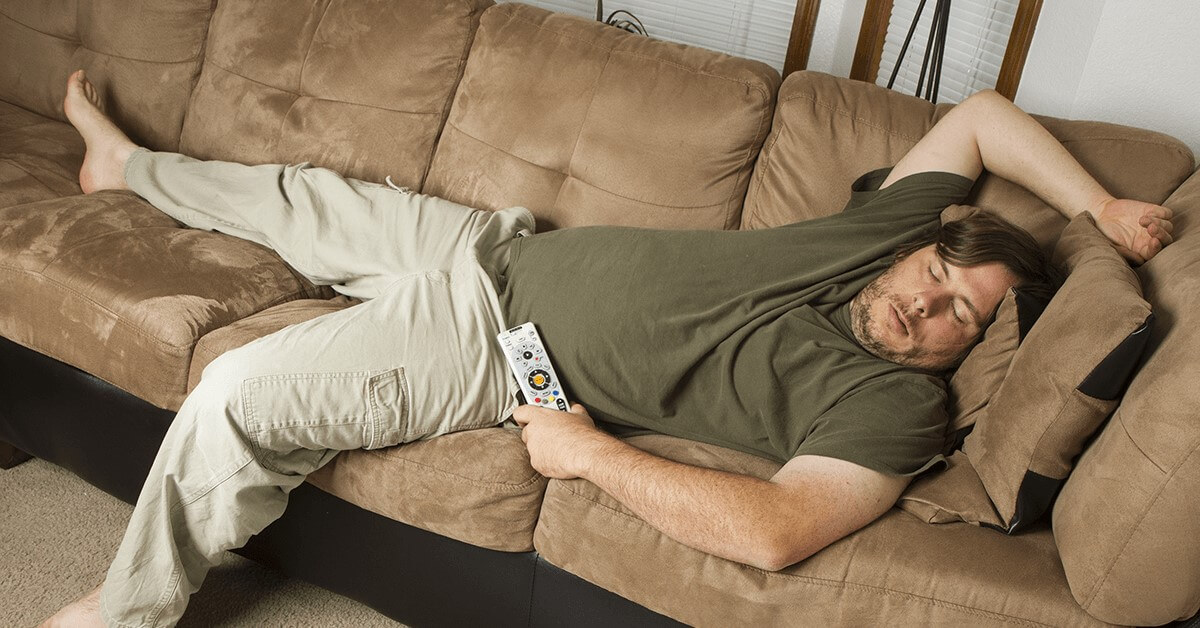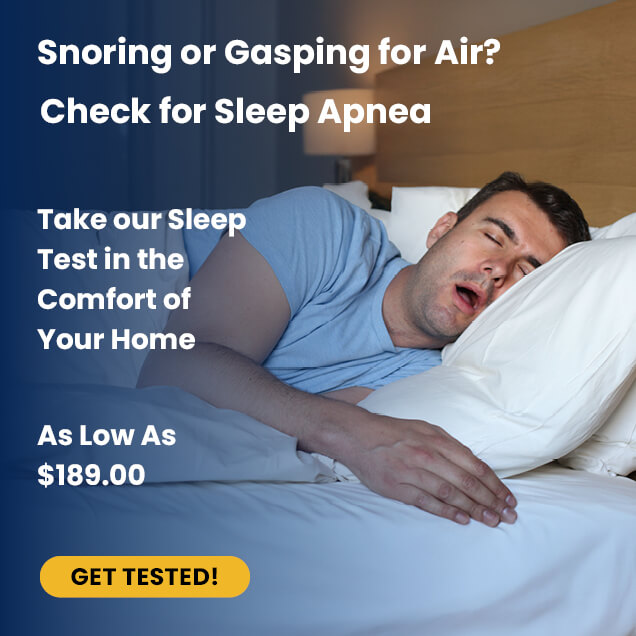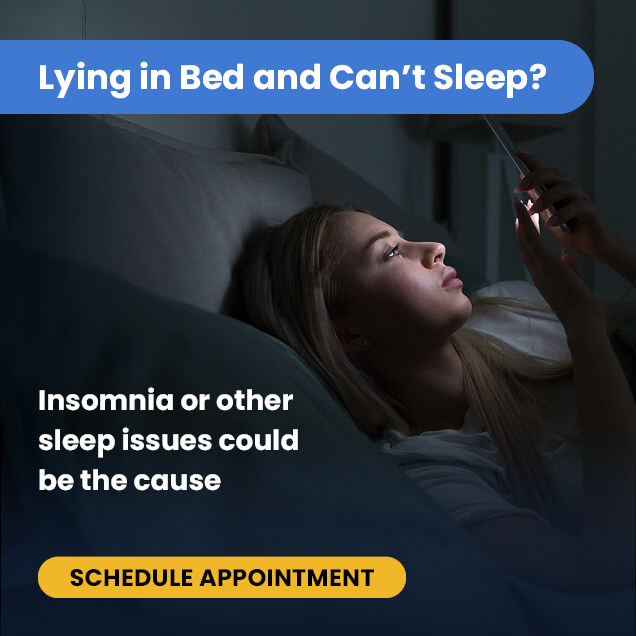Complex Sleep Apnea | Epidemiology | Causes | Risk Factors | Symptoms | Diagnosis | Treatment
Overview
Sleep-related breathing disorders, or sleep apneas, are usually classified into two main categories: obstructive sleep apnea (OSA) and central sleep apnea (CSA).
OSA is caused by mechanical airway obstruction, while CSA is caused by neurological dysfunction.
Complex sleep apnea (CompSAS) occurs when previously nonexistent central apnea (CSA) is triggered by OSA treatment. Another name for complex sleep apnea is treatment-emergent central sleep apnea, as it emerges with OSA treatment.
CompSAS patients can fail to improve with ventilator therapy, causing them to continue experiencing symptoms of daytime sleepiness, poor sleep quality, fatigue, and loss of concentration persist despite treatment.
The good news is that many patients with CompSAS eventually improve over time, without medical intervention.
Keep reading to learn more about why complex sleep apnea happens, its symptoms, prevalence, and available treatments.
What Is CompSAS?
CompSAS is a sleeping disorder that develops when treating OSA.[1]
In sleep medicine, there are two main types of sleep apnea (sleep-breathing problems):
OSA: This condition is the more common type of sleep apnea. Patients experience intermittent pauses in breathing (also called “apnea” or “hypopnea” episodes) due to mechanical collapse of the airway during sleep.
Lax throat muscles, enlarged tonsils, and a deviated septum can cause your airway to close down as you sleep, leading to intense snoring and apnea episodes.
CSA: This condition is when the apnea and hypopnea episodes result from neurologic dysfunction. The neural mechanisms that control breathing fail to trigger a breath cycle.
Treatment of OSA usually involves using CPAP – a breathing machine that delivers high-pressure air to your lungs through a facemask, preventing upper airways from collapsing. CPAP is considered the gold standard treatment for OSA.
In 5-20 percent of patients treated for OSA, new central apnea episodes emerge.[2] These patients are said to have CompSAS or treatment-emergent central sleep apnea.
The cause of sleep apnea in these patients is no longer due to obstruction; it’s neurological (central). CPAP treats the obstruction, but now the neural circuits fail to trigger breathing, so you have new central apnea.
Epidemiology
The frequency of CompSAS is unknown due to inconsistencies across studies.
A systematic review published in 2018 estimated that the prevalence of CompSAS ranges between 3.5 and 19.8 percent across studies.[2]
One study that followed 675 OSA patients found that approximately 12.2 percent develop complex sleep apnea during the first night of CPAP treatment.[3]
Based on the numbers cited above, treatment-emergent central sleep apnea is not considered a rare syndrome. Rather, the study’s findings show that the disorder is quite common.
Causes
Sleep medicine specialists still don’t exactly know what causes complex sleep apnea. Nevertheless, there are a few theories that might explain what’s going on:
- Loop Gain: This theory suggests that the brain overcompensates for increased respiratory rate by pausing breathing due to CPAP therapy.[4]
- Low Carbon Dioxide: CPAP therapy can decrease blood CO2 levels, telling your brain that you’re breathing too much, resulting in CSA. Another cause of low CO2 might be air leaking out of the CPAP mask.[5]
- Stretch Receptor Activation: Specialized stretch receptors present in your neck arteries and lungs can be stimulated by CPAP therapy, signaling the brain to pause breathing.[6]
- Chronically Low Blood Oxygen (Hypoxia): Patients with OSA often have chronic hypoxia, making the brain more sensitive to the changes in blood CO2 levels. As such, CPAP therapy, causing low CO2, can trigger the brain to cause CSA.[7]
To summarize, CPAP therapy causes changes in CO2 levels, triggers stretch receptors and alters breathing patterns in a way that pushes the brain to pause breathing, triggering CSA episodes.
Risk Factors
Risk factors that make you more likely to develop complex sleep apnea include:
- Gender: Male sex
- Congestive heart failure
- Having advanced OSA
- Already having CSA with OSA
- Using higher CPAP pressures
- Living at a high altitude
- Breathing from the mouth[8]
- Using certain medications (like morphine)
- Sleeping on your back[9]
Symptoms
There are no clinical features specific to CompSAS; however, the most noticeable symptom is the persistence of poor sleep despite starting treatment for OSA.
If you’re being treated for OSA and still experience these symptoms, you’re likely to have CompSAS:
- Daytime sleepiness
- Interrupted sleep
- Fatigue
- Problems concentrating
Not all patients with CompSAS develop symptoms. Sometimes, patients remain asymptomatic after starting treatment, despite newly emerging CSA.
Diagnosis
CompSAS is usually diagnosed through a sleep study called a polysomnography.[1] It’s the same test used to diagnose OSA and CSA.
Polysomnography requires you to spend the night at a sleep clinic, where physical variables will be measured, such as:
- Brain activity
- Sleeping pattern
- Oxygen levels
- Respiratory muscles effort
- Muscle movements
- Eye movements
- Respiratory rate, including pauses in breathing (apnea and hypopnea episodes)
Measuring apnea and hypopnea episodes are essential to diagnose CompSAS.
During polysomnography, your sleep physician will determine if the apnea events are obstructive events (OSA) or central events (CSA), mechanical or neurological respectively.
Observing new CSA episodes in a patient receiving CPAP therapy for OSA is enough to diagnose CompSAS. No further testing is usually necessary.
Treatment
Treating CompSAS is still controversial, and data is still lacking. Sleep doctors generally use one of the following strategies:
- Waiting and Observing: According to some early data, up to two-thirds of CompSAS patients improve within two months without any additional intervention.[10]
- Change Ventilator Settings: Ventilators can be adjusted, aren’t required to always be on CPAP mode. Your sleep specialist might consider using adaptive servo-ventilation (ASV) or bilevel positive airway pressure (BPAP) or might add backup respiratory rate to the ventilator to prevent central apnea episodes.[10,11]
Outlook
CompSAS might be a setback when treating OSA; however, it’s usually not permanent. Studies show that the CSA episodes are likely to resolve within a few months if you adhere to treatment due to the brain and lungs adapting to new, healthy breathing patterns.
Resources:
- Sateia MJ. International classification of sleep disorders-third edition: highlights and modifications. Chest. 2014;146(5):1387-1394. doi:10.1378/chest.14-0970
- Nigam G, Riaz M, Chang ET, Camacho M. Natural history of treatment-emergent central sleep apnea on positive airway pressure: A systematic review. Ann Thorac Med. 2018;13(2):86-91. doi:10.4103/atm.ATM_321_17
- Cassel W, Canisius S, Becker HF, et al. A prospective polysomnographic study on the evolution of complex sleep apnoea. Eur Respir J. 2011;38(2):329-337. doi:10.1183/09031936.00162009
- Johnson KG, Johnson DC. Bilevel positive airway pressure worsens central apneas during sleep. Chest. 2005;128(4):2141-2150. doi:10.1378/chest.128.4.2141
- Montesi SB, Bakker JP, Macdonald M, et al. Air leak during CPAP titration as a risk factor for central apnea. J Clin Sleep Med JCSM Off Publ Am Acad Sleep Med. 2013;9(11):1187-1191. doi:10.5664/jcsm.3166
- Dempsey JA. Crossing the apnoeic threshold: causes and consequences. Exp Physiol. 2005;90(1):13-24. doi:10.1113/expphysiol.2004.028985
- Chowdhuri S, Shanidze I, Pierchala L, Belen D, Mateika JH, Badr MS. Effect of episodic hypoxia on the susceptibility to hypocapnic central apnea during NREM sleep. J Appl Physiol Bethesda Md 1985. 2010;108(2):369-377. doi:10.1152/japplphysiol.00308.2009
- Malhotra A, Bertisch S, Wellman A. Complex sleep apnea: it isn’t really a disease. J Clin Sleep Med JCSM Off Publ Am Acad Sleep Med. 2008;4(5):406-408.
- Ambrogio C, Lowman X, Kuo M, Malo J, Prasad AR, Parthasarathy S. Sleep and non-invasive ventilation in patients with chronic respiratory insufficiency. Intensive Care Med. 2009;35(2):306-313. doi:10.1007/s00134-008-1276-4
- Morgenthaler TI, Kuzniar TJ, Wolfe LF, Willes L, McLain WC, Goldberg R. The complex sleep apnea resolution study: a prospective randomized controlled trial of continuous positive airway pressure versus adaptive servoventilation therapy. Sleep. 2014;37(5):927-934. doi:10.5665/sleep.3662
- Morgenthaler TI, Gay PC, Gordon N, Brown LK. Adaptive servoventilation versus noninvasive positive pressure ventilation for central, mixed, and complex sleep apnea syndromes. Sleep. 2007;30(4):468-475. doi:10.1093/sleep/30.4.468






